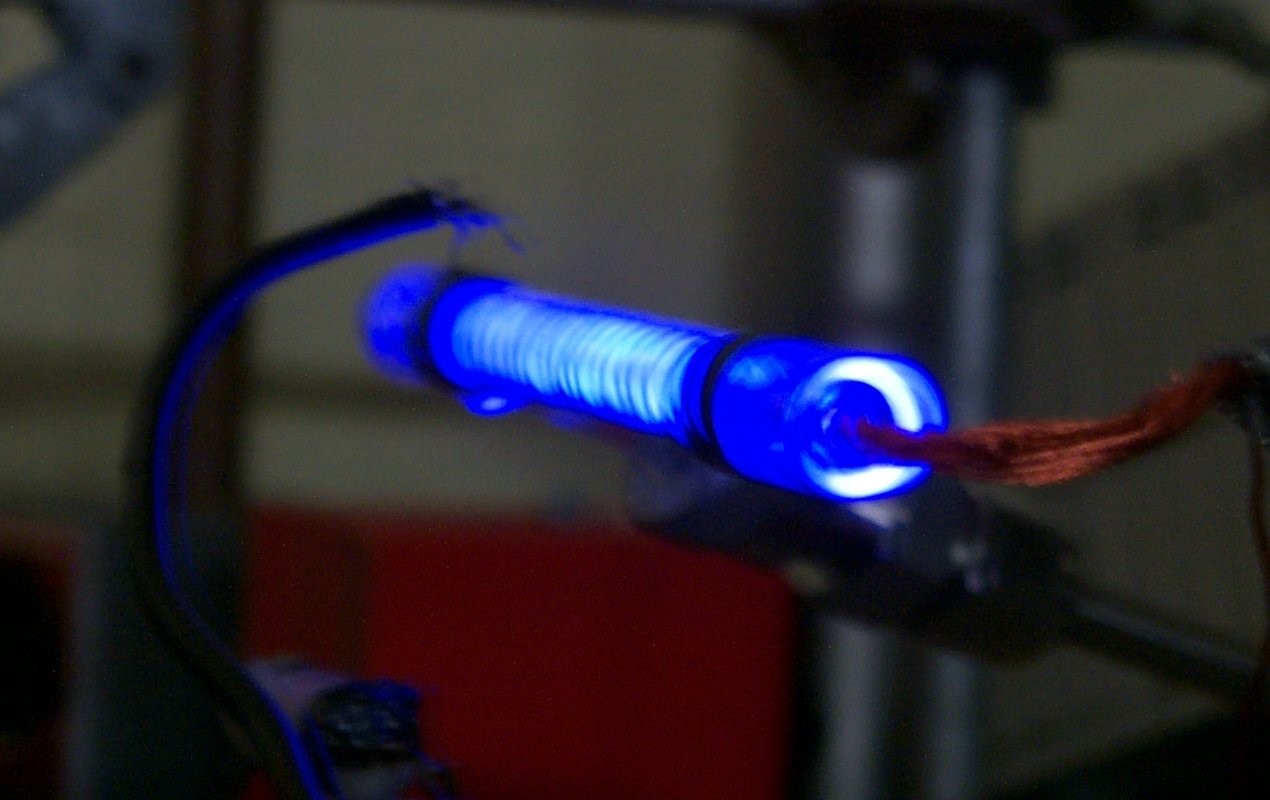[Free Report] Cold Plasma Pyrolysis: A Cheap Alternative to Processing Plasticby Yvonne An | 16-08-2020 04:25 |
|---|
|
People are starting to ban the use of plastic straws and bags and replace them with paper ones or eco-bags. Making little changes does transform the world into a better place, but what about what remains in the past? A single plastic disposable bottle takes 450 years to decompose; we would all be on with our fifth life by the time one bottle disappears. I thought of ways we could preferably use technology to destroy the bad and gain good products. In a circular economy - where waste is recycled into new products instead of being thrown away - I believe that developed technologies can give new life to plastic wastes, and transform them into valuable products. With a little research, I found a way of using cold plasma pyrolysis, which not only recovered valuable materials that can be sent directly back to the industry, but is also a very cheap and quick method to process the plastic.
Burning plastics to generate energy may be better than just wasting them. However, the problems with these kinds of thermal treatment are the detrimental effects they provide to the environment when not controlled. The process of normal conventional pyrolysis emits toxic gaseous chemicals such as nitrogen oxides and sulfur dioxide. This does integrate plastic into our circular economy by the energy it generates, but if it gives harm at the same time, then we are just walking in the same spot, inefficiently using our energy.
On the other hand, cold plasma pyrolysis, compared to conventional pyrolysis, is conducted in tightly controlled conditions, making it easier to process the plastic by energizing the electrons in the material and breaking their bonds and forming other chemicals. These can be methane or hydrogen for energy, and ethylene, and hydrocarbons for polymer. Ethylene is the necessary foundation of most plastics used in the world today, and by these means, removing the most of ethylene from these plastics will allow for the creation of a range of materials using regenerated ethylene. By using cold plasma, 55 times more ethylene was recovered (compared to standard pyrolysis), and the process allowed 24% of plastic weight to be converted into valuable products. Not only does it develop a circular economy, but with the rapid and potentially cheap process, a range of more business opportunities will be exposed to people.  |